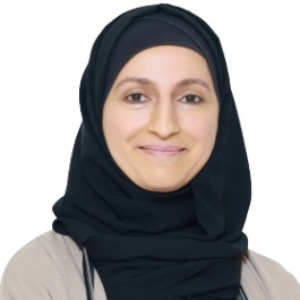Title : A case-cohort study of the outcomes of probiotics on wound healing in a private hospital in Abu Dhabi
Abstract:
Introduction:
Multidrug-resistant micro-organisms are a growing concern in the United Arab Emirates (UAE), with a rate of multi-resistant Staphylococcus Aureus (MRSA) of up to 26,4% according to latest estimates (1). This involves the community as well the more specific population represented by the patients admitted in an Intensive Care Unit (ICU) in the UAE. Our hospital has facilitated the emergence of a long term intensive care unit, where patients with multiple organ failure can be managed with ventilation, dialysis, and personalized wound care.
Problem:
This prolonged stay of vulnerable immune-suppressed patients has led to the growth of particularly pathogenic bacteria strains, such as Pseudomonas Aeruginosa, Klebsiella Pneumoniae, Escherichia Coli or Staphylococcus Aureus, resistant to the most advanced intravenous antibiotic therapies available. In the wake of the re-discovery of the therapeutic impact of probiotics on wound healing the use of probiotics may be the solution to the problem of ineffective antibiotics.
Aim:
The aim of this study was to treat some of the most concerning patients, presenting with infected wounds and poor healing despite optimal antibiotic cover, with topical application of probiotics for better wound healing.
Material & Methods:
Patients were selected prospectively based on their chronic wounds poor prognosis, either due to some infection or colonization associated with virulent micro-organisms, or due to a lengthy stall of their healing (6 months or above). The principal criteria for selection were the failure of all conventional wound care therapies and the absence of any other non invasive therapeutic option available (compassionate cases criteria). Once selected, the wounds were dressed daily, with peroxyde hydrogen and/ or saline cleansing before applying a paraffin gauze containing one of the two probiotics available: Bacillus Clausii or a combination of Lactobacillus Acidophilus and Bifidus. Pictures were taken regularly, and whenever possible a culture swab was collected before and during the treatment. In cases of infection, vitals and inflammatory markers were recorded.
Results:
Six patients were selected as `compassionate cases` for either infected wounds or stalled wounds with mediocre prognosis, which we know to be colonized. Our wound care team followed their outcomes in terms of wound healing, systemic septic symptoms, and lab testing whenever it was possible. We observed a general improvement of all wounds within the first two weeks of the treatment, and a systemic resolution of septic symptoms such as fever and\requirements for vasopressors within the first 48-72 hours.
Culture swabs were taken from most wounds after one to two weeks and a switch from a multidrug resistant to a "no growth" result, either at the second swab or the third, regardless of the presence of any systemic antibiotic therapy. All wounds progressed faster in few weeks than they had in the prior six to twelve months, notwithstanding patients' most severe malnutrition and skin damages secondary to their medications, stool contamination or vascular disease.
Conclusion:
The topical use of probiotics for wound healing support, whether infected or only colonized, is a potential safe and effective option to consider in the presence of multi-drug resistant bacteria strains.




